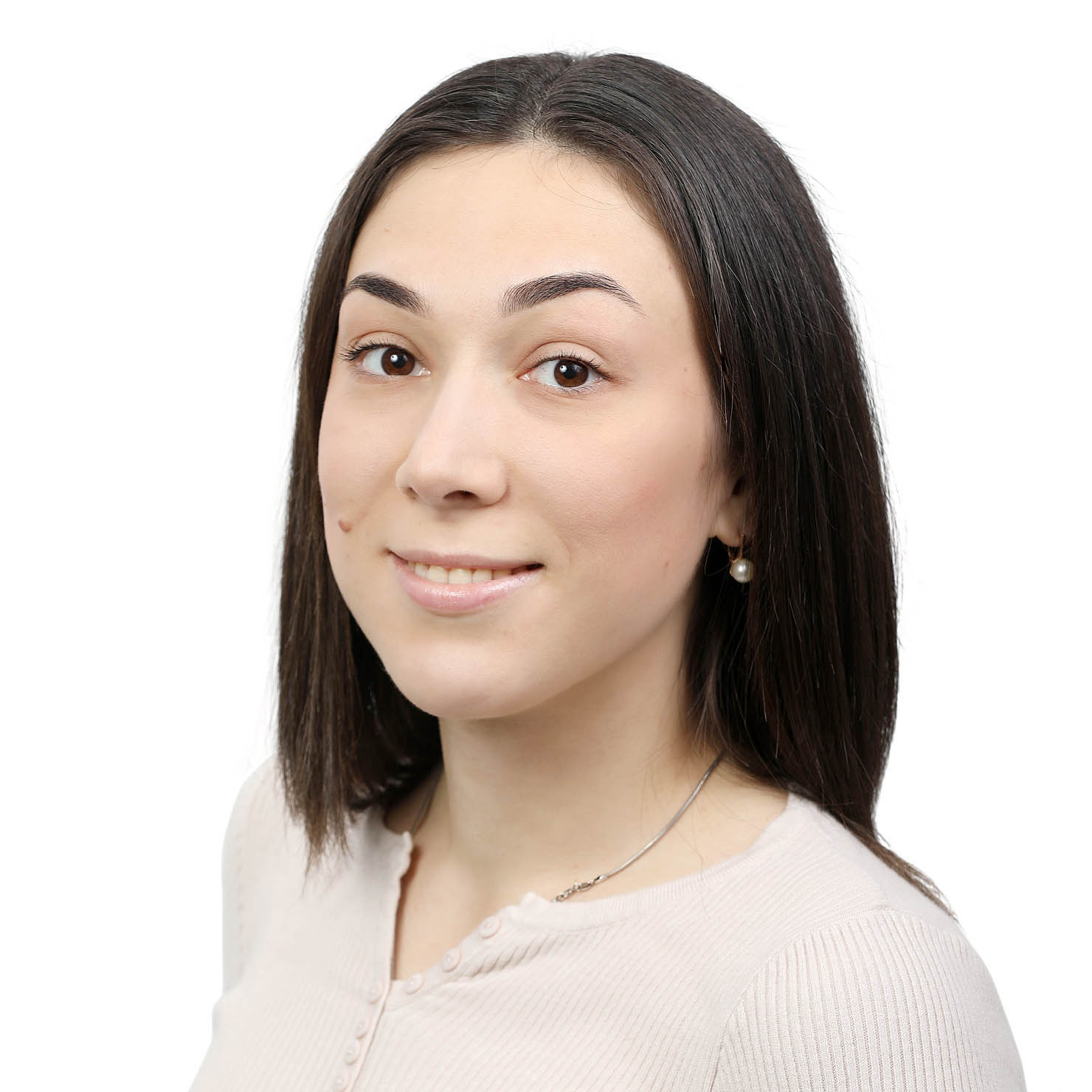Skin transplantation for children and adults - features of dermoplasty
Skin transplantation is performed if there is a need to hide or partially correct deep defects. For example, skin transplantation after burns, lacerations and deep wounds from dog bites is always relevant. There are several types of this surgical intervention, mostly the patient's own skin is used as an implant (autoplasty).
Classification of operations
Two main methods are used in plastic surgery:
- Free skin grafting. During the operation, doctors use a fragment of skin that is completely cut from its "original" location.
- Involuntary skin grafting. To hide the defect, skin from nearby areas or a fragment present at the wound site is used.
Surgeons distinguish primary and secondary transplantation. Primary dermoplasty closes a fresh wound, and secondary dermoplasty is performed to correct pathologies that are accompanied by tissue removal. A striking example of a secondary type of surgery would be a skin transplant on the face or head.
How dermoplasty of wounds is performed
In Autoplasty, the skin as an implant is taken from the abdomen, thighs (inner surface), shoulders or sternum (lateral surface). If there is to be a skin transplant for a child, then autoplasty is used extremely rarely. This is due to the fact that the skin in childhood continues to grow, and it is impossible to predict how the part of the body with the cut fragments will behave.
After the doctor selects the area for sampling, the patient prepares for the operation. It is necessary to undergo all examinations - from allergy tests for medicinal products to laboratory blood tests. Immediately before the surgical intervention, the patient should not eat or drink anything, even if there is to be a skin graft on the leg - manipulations are carried out under general anesthesia.
The operation itself goes like this:
- Anaesthesia is administered to the patient and started after the permission of the anesthesiologist.
- A thin polyethylene is placed on the part of the body where the skin is to be implanted. Then the doctor draws the contours of the wound and transfers the material to the part of the body from which the implant will be removed.
- Following the drawn lines on the donor site, the surgeon makes incisions in the epidermis and cuts out a piece of skin of the required shape and size.
- The resulting fragment is placed on a special drum, which, with rapid rotation, allows you to remove the required thickness of the epidermis.
- The flap of skin passed through the drum is applied to the place of future location and fixed with kapron threads.
- The area where the implant was taken is treated with drugs that stop or prevent bleeding. A bandage with an anti-inflammatory drug may be applied.
Dermoplasty of wounds involves a long rehabilitation period. It is conventionally divided into three stages:
- adaptation - lasts the first two days after the operation;
- regeneration - from 3 days after surgery to 3 months;
- stabilization - from 3 months after the transplant.
During all stages, doctors monitor the condition of the body area where the donor skin fragment was transferred. If a skin graft was performed after surgery for another reason (for example, a deep wound was sutured or torn vessels, tendons, muscles were sutured), then the rehabilitation period will last longer - the body will need to fully recover.
Skin grafting has become a common operation, however complications may occur in the postoperative period.
Possible complications
Most often after skin graft surgery, doctors notice the following complications:
- wound infection;
- improper movements, if the skin graft was performed on the upper or lower limbs;
- healing takes too long;
- bleeding at the site of the implant attachment;
- a significant decrease in sensitivity at the site of the operation;
- absence of hair on the transplanted skin area (the problem exists only if the surgeons worked on the hairy part of the patient's head);
- implant rejection.
In order to be able to detect complications in a timely manner and take measures to eliminate them, a patient who has undergone a skin graft operation must regularly visit a doctor and undergo a preventive examination. Sometimes a repeat operation may be necessary.
You can find out more about how dermoplasty is performed and which clinics are used for such operations on our website Dobrobut.com.
Related services:
Dermatologist consultation
Dermatovenerology

















